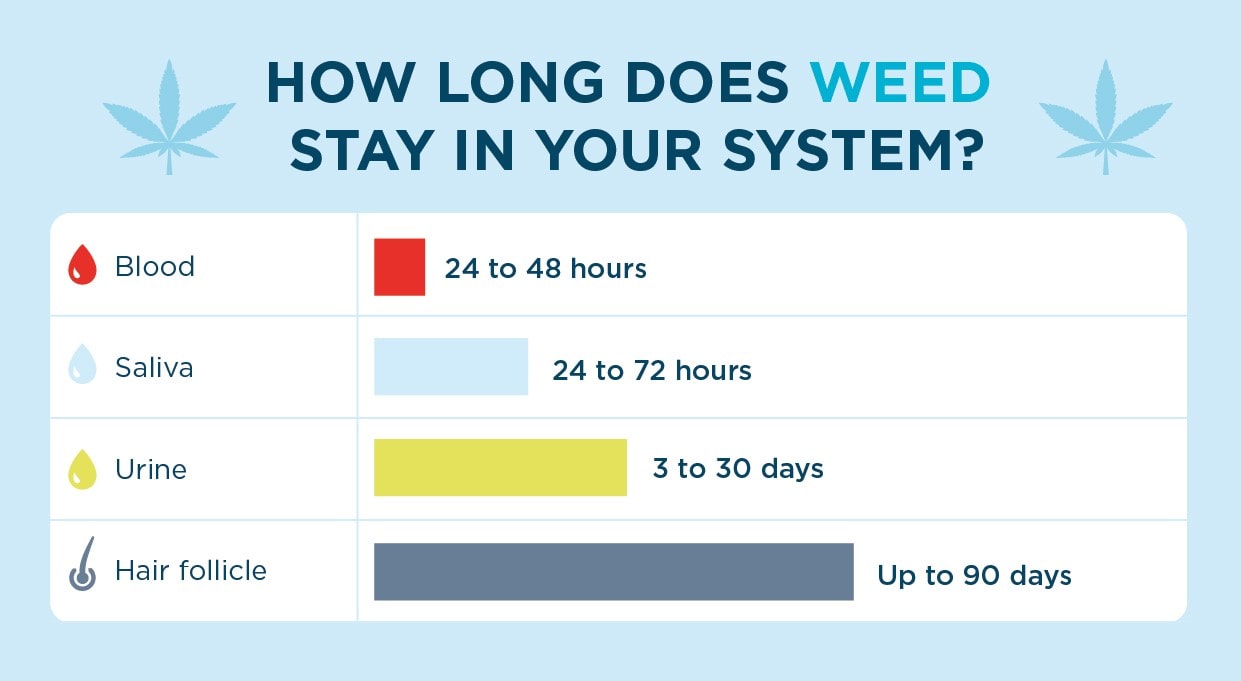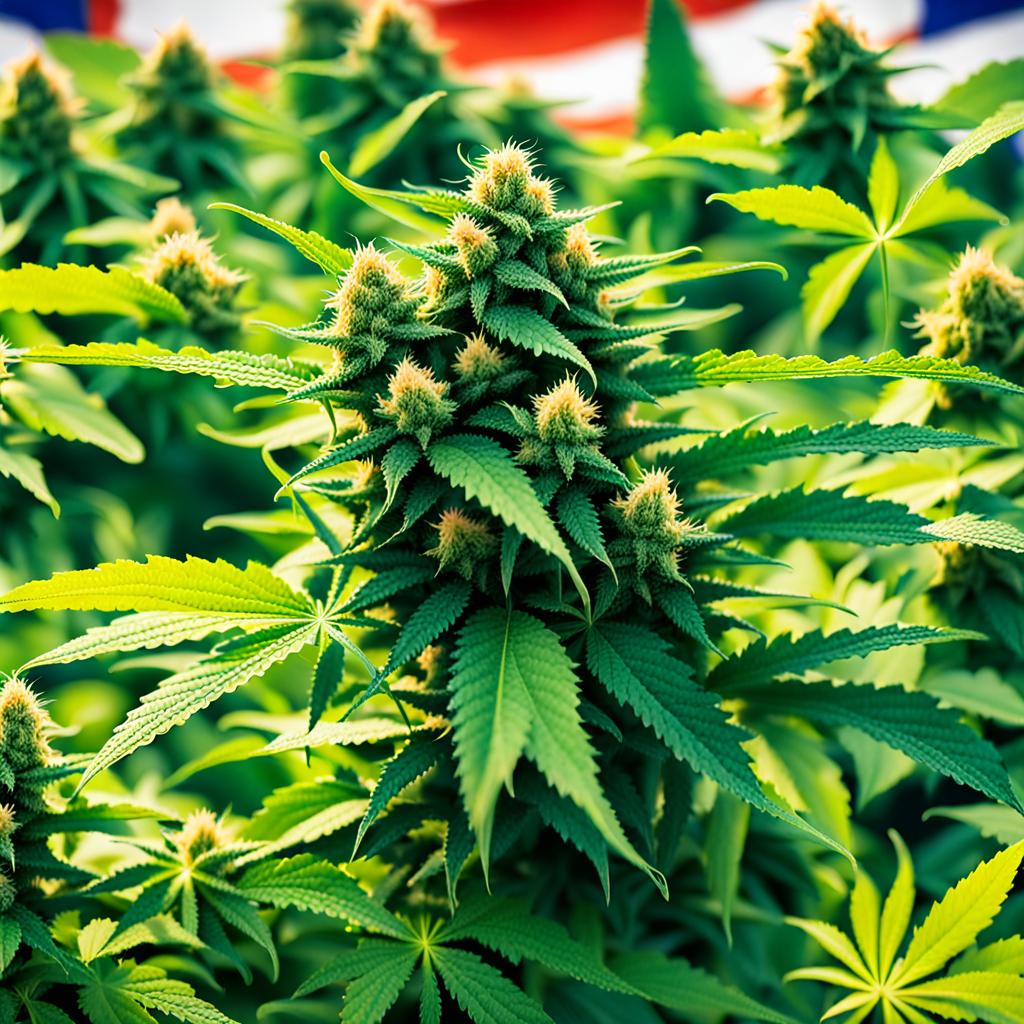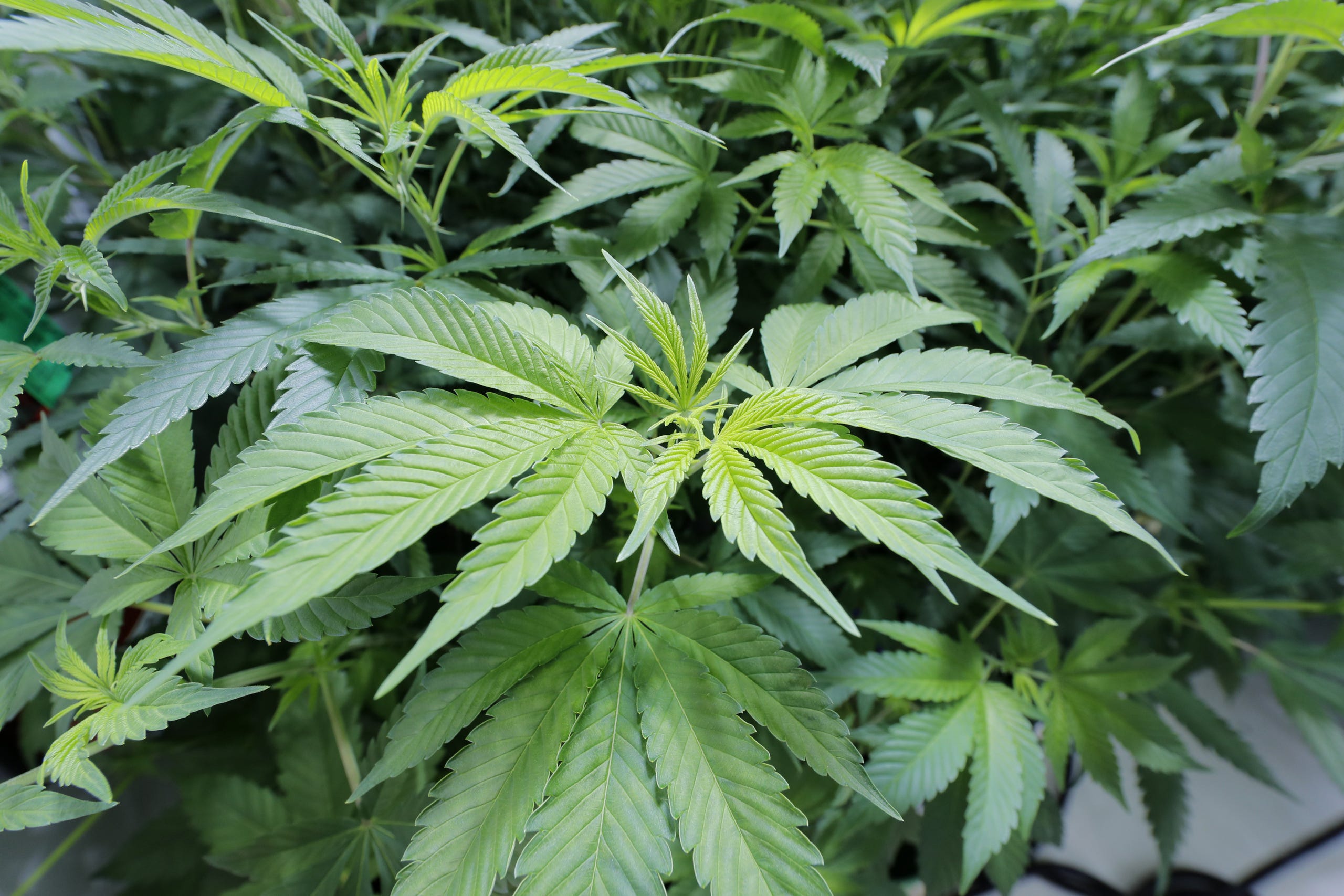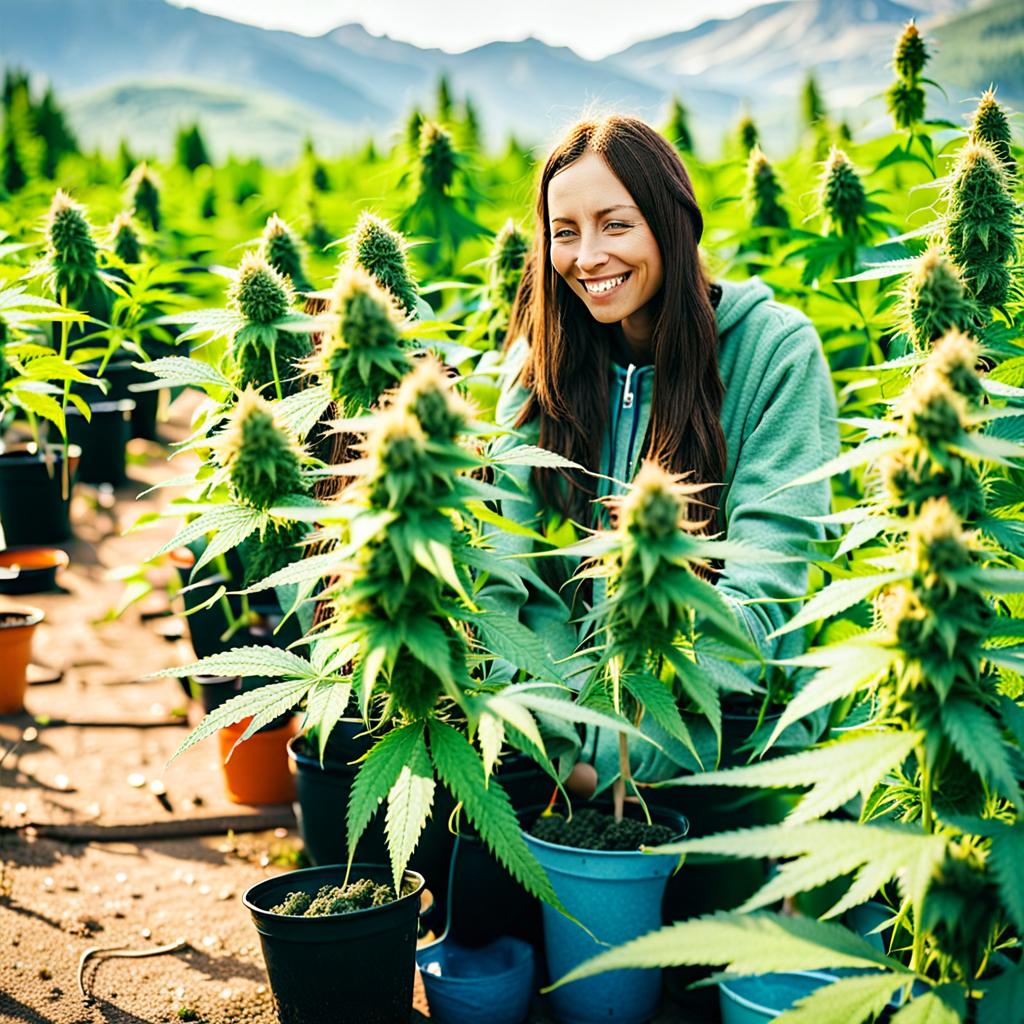Smoking weed, also known as marijuana, has gained significant popularity and accessibility in recent years. However, it’s crucial to delve beyond its recreational use and understand the medical benefits it may offer, along with the associated risks. In this article, we will explore the various medical benefits of smoking weed based on scientific research and expert opinions.
Despite its controversial nature, there is growing evidence that suggests marijuana can have therapeutic effects in certain medical conditions. It’s important to note that while there are FDA-approved drugs derived from cannabis, smoking weed is not one of them. Therefore, it’s essential to approach this topic with a balanced perspective and consider both the potential benefits and risks.
Key Points to Keep in Mind
As we delve into this discussion, here are some key points to remember:
- The potential health benefits of smoking weed include:
- Chronic pain relief
- Neuropathic pain reduction
- Alcohol and opioid addiction reduction
- Depression and PTSD symptom relief
- Chemotherapy-induced nausea alleviation
- Multiple sclerosis spasticity reduction
- Epilepsy seizure reduction
- On the other hand, there are risks associated with smoking weed. These risks may include:
- Short-term psychosis risk
- Long-term mental health condition risk
- Respiratory system damage from smoking
- Potential negative effects on the body
By exploring the scientific research and expert opinions surrounding these topics, we can gain a better understanding of the potential benefits and risks of smoking weed for medicinal purposes. Let’s dive into each aspect in more detail to gain a comprehensive understanding of this complex topic.
Understanding Medical Marijuana
Medical marijuana, also known as medical cannabis, is the use of the Cannabis plant for therapeutic purposes. It differs from recreational use in that it is specifically utilized to alleviate symptoms of various medical conditions.
The two primary components of cannabis that contribute to its therapeutic effects are:
- Tetrahydrocannabinol (THC): Known for its psychoactive properties, which may help in managing pain, nausea, and appetite loss.
- Cannabidiol (CBD): Does not produce a high and is recognized for its potential to reduce inflammation, anxiety, and seizures.
Additionally, cannabis contains other cannabinoids such as Cannabinol (CBN) and Cannabigerol (CBG), which also have potential therapeutic benefits.
Note: While there are FDA-approved drugs derived from cannabis, smoking weed is not one of them. The FDA has approved cannabinoid-based medications for specific medical conditions, such as Epidiolex for epilepsy and Marinol for anorexia associated with weight loss in AIDS patients. These medications have undergone rigorous clinical trials to demonstrate their safety and efficacy, unlike smoking weed for medicinal purposes.
Understanding the distinction between medical marijuana and FDA-approved cannabis-derived drugs is crucial in evaluating the potential benefits and risks associated with using cannabis for medicinal purposes.
1. Treatment of Seizure Disorders
Potential Treatment Options for Seizure Disorders
Medical marijuana has shown promise as a potential treatment option for seizure disorders such as epilepsy. The therapeutic effects of certain cannabinoids, particularly CBD, have been the focus of extensive research in providing relief from seizures.
Conflict Between State and Federal Laws
There is an ongoing conflict between state laws that legalize the use of cannabis for medical purposes, including the treatment of seizure disorders, and federal laws that still classify marijuana as a Schedule I controlled substance. This conflict presents challenges for individuals seeking access to medical marijuana for managing their seizure conditions.
Evidence Supporting the Use of Medical Marijuana
Several key studies and cases have emerged to support the effectiveness of medical marijuana in reducing the frequency and severity of seizures in patients with various seizure disorders. These findings contribute to the growing body of evidence advocating for the use of cannabis-based treatments in seizure management.
In light of these points, it becomes evident that medical marijuana holds potential benefits for individuals grappling with seizure disorders, despite the complex legal landscape surrounding its use.
2. Relief from Chronic Pain
Chronic pain is a debilitating condition that affects millions of people worldwide. Traditional pain medications, such as opioids, can have severe side effects and carry the risk of addiction. As a result, many individuals are turning to alternative treatments like medical marijuana.
Medical marijuana has been found to provide relief from chronic pain in various conditions, including but not limited to neuropathic pain, fibromyalgia, arthritis, and cancer-related pain. The cannabinoids present in marijuana, particularly THC and CBD, interact with the body’s endocannabinoid system to reduce inflammation and alleviate pain.
A study published in the Journal of Pain found that cannabis use was associated with significant improvements in pain intensity and quality of life in patients with chronic pain. Another study conducted by researchers at the University of California found that vaporized cannabis provided effective pain relief in patients with neuropathic pain.
Commonly reported side effects and how they compare to those of traditional pain medications:
While medical marijuana has shown promise in providing relief from chronic pain, it is essential to consider the potential side effects. Some commonly reported side effects include dry mouth, dizziness, impaired memory and concentration, increased heart rate, and temporary cognitive impairment.
It’s worth noting that these side effects are generally mild and temporary compared to the more significant risks associated with opioids, such as respiratory depression and overdose. Additionally, healthcare providers can work with patients to find the right dosage and strain of medical marijuana that minimizes side effects while maximizing pain relief.
Medical marijuana has emerged as a potential treatment option for individuals suffering from chronic pain. Its ability to alleviate pain without the risk of addiction seen with traditional opioids makes it an appealing alternative for many individuals. Despite the potential side effects associated with medical marijuana use, they are generally milder compared to those of traditional pain medications. However, it is crucial for individuals considering medical marijuana for chronic pain management to consult with healthcare professionals to ensure safe and responsible use.
3. Managing Mental Health Conditions
Medical marijuana has generated interest as a possible treatment for mental health conditions like depression and PTSD. Studies indicate that it might provide relief for some people, although the effects can vary.
Exploring Possible Benefits and Risks
- Medical marijuana is being studied to see if it can help with symptoms of depression and PTSD.
- The therapeutic effects are believed to come from how cannabinoids in cannabis interact with the endocannabinoid system in our bodies.
- However, it’s important to know that while some people may find relief from these conditions with medical marijuana, others may not or could even have negative reactions.
Understanding Why People React Differently
- We still don’t fully understand why medical marijuana affects people with depression and PTSD in different ways.
- Things like our genes, differences in the endocannabinoid system, and each person’s unique brain chemistry could all play a part in these variations.
💡 Insight: For a detailed look at how cannabis specifically impacts mental health, check out our comprehensive guide on ‘The Impact of Cannabis on Mental Health’.
It’s crucial to approach the use of medical marijuana for mental health conditions carefully and only under the guidance of healthcare professionals. This is because it can have side effects and its effectiveness varies from person to person.
4. Support for Neurological Disorders
Weed and its Potential Benefits for Multiple Sclerosis (MS)
Multiple Sclerosis (MS) is a chronic autoimmune disease that affects the central nervous system, leading to various debilitating symptoms such as muscle spasms, pain, and difficulty with movement. Smoking weed has shown potential in reducing spasticity, a common symptom experienced by MS patients.
Research has indicated that cannabis, specifically the cannabinoids THC and CBD, may help alleviate muscle stiffness and spasms associated with MS. One study published in the Journal of Neurology, Neurosurgery & Psychiatry found that cannabis extract containing THC and CBD significantly reduced muscle spasticity compared to a placebo.
Exploring Weed as a Treatment Option for Epilepsy
In addition to MS, smoking weed has also been explored as a treatment option for epilepsy. Epilepsy is a neurological disorder characterized by recurrent seizures. While there is limited research on the efficacy of smoking weed specifically for epilepsy, some studies have suggested that certain compounds in cannabis, such as CBD, may have anticonvulsant properties.
For example, a study published in The New England Journal of Medicine found that CBD significantly reduced the frequency of seizures in patients with Dravet syndrome, a severe form of epilepsy. However, it’s important to note that this study used purified CBD oil rather than smoked cannabis.
The Need for Further Research
Overall, more research is needed to fully understand the potential benefits of smoking weed for neurological disorders like MS and epilepsy. It’s essential to consult with a healthcare professional before considering cannabis as a treatment option and explore alternative forms of administration such as oils or edibles that may provide more consistent dosing.
5. Other Potential Benefits
While researchers have extensively studied the medical benefits of smoking weed for neurological disorders, there are also anecdotal claims about its potential benefits for sleep management and reducing inflammation levels. However, it’s important to note that more research is needed to confirm these effects.
Aid in Sleep Disorders
One of the most common reasons people turn to medical marijuana is to aid in sleep disorders such as insomnia. Some individuals claim that smoking weed helps them relax and fall asleep more easily. The sedative effects of certain strains may contribute to this potential benefit. However, it’s worth noting that the impact of marijuana on sleep is complex and can vary from person to person. While some individuals report improved sleep quality, others may experience disrupted sleep patterns or vivid dreams.
Lower Inflammation Levels
Another potential benefit of smoking weed is its ability to reduce inflammation in the body. Chronic inflammation is associated with various health conditions, including arthritis, inflammatory bowel disease, and autoimmune disorders. Some studies suggest that cannabinoids found in marijuana may have anti-inflammatory properties. However, it’s important to recognize that these findings are preliminary, and further research is needed to fully understand the effects of marijuana on inflammation.
It’s crucial to approach these potential benefits with caution and consult with healthcare professionals before relying solely on smoking weed for sleep management or inflammation reduction. As with any medical treatment, individual responses can vary, and what works for one person may not work for another.
Risks and Considerations of Smoking Weed for Medical Purposes
Using medical marijuana comes with potential risks and things to think about. While smoking weed for medical reasons may have its advantages, it’s important to be careful and know what you’re doing. Here are some important points to keep in mind:
- Short-term psychosis risk: One of the main concerns associated with smoking weed is the risk of short-term psychosis, especially in individuals who have a predisposition to mental health conditions. THC, the psychoactive compound in cannabis, can potentially trigger or worsen psychotic symptoms in susceptible individuals.
- Long-term mental health condition risk: There is evidence suggesting that long-term and heavy use of cannabis may increase the risk of developing mental health conditions such as anxiety, depression, and schizophrenia. It’s important to be mindful of your mental health history and consult with a healthcare professional if you have any concerns.
- Respiratory system damage from smoking: Smoking cannabis can lead to respiratory issues similar to those caused by smoking tobacco, including chronic bronchitis, coughing, and wheezing. If you have respiratory conditions or concerns about lung health, alternative methods of administration like vaporizers or edibles may be more suitable.
- Drug interactions: Cannabis can interact with certain medications, including blood thinners and antidepressants. It’s essential to consult with your healthcare provider or pharmacist to ensure that there are no potential interactions between your medications and cannabis.
- Vomiting: In rare cases, heavy cannabis use can lead to a condition called Cannabinoid Hyperemesis Syndrome (CHS), characterized by severe nausea and vomiting. If you experience persistent vomiting after using cannabis, it’s important to seek medical attention.
- Pulmonary disease: Regular smoking of cannabis has been associated with an increased risk of developing chronic obstructive pulmonary disease (COPD) and other respiratory conditions. It’s important to weigh the potential benefits against the risks, especially if you have a history of respiratory issues.
- Considerations for specific groups: Certain groups, such as pregnant individuals and adolescents, need to exercise extra caution when it comes to using cannabis for medical purposes. The effects of cannabis on developing fetuses and the adolescent brain are still being studied, and it’s advisable to consult with healthcare professionals who specialize in these areas.
While there are potential medical benefits of smoking weed, it’s essential to be aware of the associated risks and make informed decisions. Consultation with healthcare professionals and obtaining a valid medical marijuana card, where legal, can provide guidance and support in navigating the use of cannabis for medical purposes.
The Future of Cannabis as Medicine
The future of cannabis as medicine holds great promise, as ongoing research efforts continue to unlock the full potential of this plant for therapeutic purposes. While smoking weed is the most common method of consumption, alternative forms of administration such as cannabis oil and cannabis edibles are gaining popularity. Here are some key points to consider:
1. Research Advancements
Scientists and medical professionals are conducting extensive studies to better understand the health effects of cannabis and its potential benefits for various medical conditions. These studies aim to provide more concrete evidence supporting the use of cannabis as a form of medicine.
2. Alternative Forms
As mentioned earlier, cannabis oil and edibles are emerging as alternative forms of administering cannabis for medicinal purposes. Cannabis oil, for example, is rich in cannabinoids like THC and CBD, offering a convenient and precise way to consume cannabis without the need for smoking.
3. Diverse Applications
The potential uses of cannabis in medicine extend beyond the conditions discussed earlier in this article. Ongoing research is exploring its effectiveness in treating a wide range of ailments, including neurodegenerative diseases like Alzheimer’s and Parkinson’s, inflammatory disorders, and even cancer.
4. Regulation and Legalization
As more countries and states move towards legalizing medical marijuana, it opens up opportunities for further research and development in this field. This shift in legislation allows researchers to conduct large-scale clinical trials and gather more data on the efficacy and safety of using cannabis as medicine.
5. Public Perception
The stigma surrounding cannabis is gradually diminishing as more people recognize its potential therapeutic benefits. With increased awareness and education, public perception is changing, paving the way for increased acceptance and accessibility of medical marijuana.
It’s important to note that while research is progressing rapidly, there is still much to learn about the full extent of cannabis’s medicinal properties. As new discoveries are made and regulations evolve, we can expect that cannabis will continue to play a significant role in the future of medicine.
Finding a Reliable Marijuana Dispensary Near You
When it comes to getting your medical marijuana products, you need to find a reliable marijuana dispensary that suits you. Here are some tips to help you find a trustworthy dispensary in your area:
- Research online directories: Start by looking at reputable online directories that list marijuana dispensaries near you. These directories usually have detailed information about each dispensary, including customer reviews and ratings.
- Read customer reviews: Take the time to read what customers are saying about different dispensaries. This will give you a good idea of the quality of their products, customer service, and overall experience. Look for dispensaries with positive feedback and high ratings.
- Consider recommendations: Ask friends or people you know who have used medical marijuana for recommendations. Getting personal referrals can be a great way to find a reliable dispensary that others have already tried and liked.
- Visit the dispensary: Once you have a few potential options, go check out the dispensaries in person. This will let you see what the place is like, how clean it is, and how professional the staff are. It’s also a chance for you to ask questions and see how knowledgeable they are.
- Check for licensing and compliance: Make sure that the dispensary you choose is operating legally and following all local rules. Look for any licenses they should have displayed or ask them directly about their compliance status if it’s not clear.
- Think about product variety: Depending on what you’re looking for, it might be helpful to choose a dispensary that has more than just weed for smoking. Some places also sell things like CBD oil capsules, which have their own potential benefits.
Remember, finding a reliable marijuana dispensary is important for making sure that the products you buy are good quality and safe to use. By following these tips and doing your own research, you can make a smart decision and feel confident about where you’re getting your medical marijuana from.
In Conclusion
When it comes to using smoking weed for medicinal purposes, it’s essential to take a balanced perspective. While there are potential medical benefits associated with the use of medical marijuana, it’s crucial to consider the associated risks as well. By weighing both the therapeutic potential and the potential drawbacks, you can make an informed decision about whether smoking weed is right for you.
Here are the key points to consider:
- Therapeutic Potential: Medical marijuana has shown promise in providing relief for various conditions such as chronic pain, seizure disorders, mental health conditions, and neurological disorders. It may also have potential benefits for sleep management and reducing inflammation levels.
- Risks and Considerations: Smoking weed for medical purposes carries certain risks, including short-term psychosis risk, long-term mental health condition risk, and respiratory system damage from smoking. It’s vital to consult with healthcare professionals and obtain a valid medical marijuana card where legal to ensure responsible use.
- Ongoing Research: The future of cannabis as medicine looks promising, with ongoing research efforts aiming to unlock its full potential. Alternative forms of administration such as cannabis oil and edibles are being explored, which may offer more precise dosing options and reduce the risks associated with smoking.
In conclusion, while there are potential medical benefits of smoking weed, it’s crucial to approach its use responsibly and under the guidance of healthcare professionals. By understanding both the therapeutic potential and associated risks, you can make an informed decision that aligns with your individual needs and preferences.
Remember that using medical marijuana should always be directed by healthcare professionals who can provide personalized advice based on your specific condition and medical history.
















